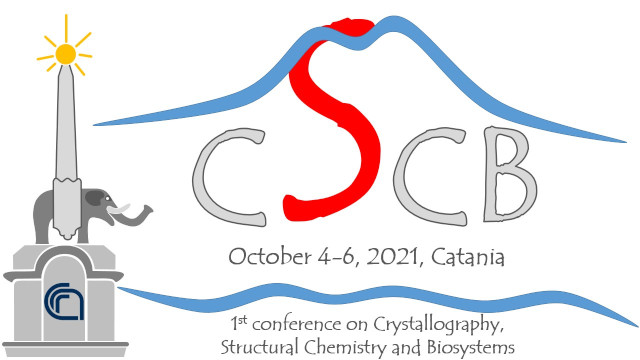Speaker
Description
Cockayne syndrome (CS) is a rare genetic progeroid disorder characterized by growth and development defects, severe cutaneous photosensitivity, cachectic dwarfism, progressive neurological dysfunction, and precocious aging. CS is due to mutations in two genes, CSA and CSB. Both gene products are involved in transcription-coupled repair, subpathway of nucleotide excision repair (NER). Although CS-defective cells show hypersensitivity to UV light, impaired repair of bulky DNA lesions, delayed recovery of RNA synthesis after UV-damage, and enhanced apoptosis after transcription blockage (reviewed in 1), patients with CS do not present increased cancer risk as expected in DNA repair defective syndromes. Furthermore, the characteristics of CS patients are hardly attributable to the NER impairment only, since some of them do not occur in XP-A patients, which show a complete NER deficiency (2).
A growing body of evidence indicate that, besides the typical NER lesions, CS cells are defective in the repair of a broad range of DNA damage that may account for the clinical symptoms of CS (reviewed in 3). For instance, it is well established that, upon oxidative stress, CS cells accumulate oxidatively induced DNA damage. In particular, CS cells are defective in the repair of 8-oxoguanine, 5-hydroxycytosine and cyclopurines (4). Moreover, also a correct repair of DNA breaks is of potential great relevance for the clinical features of CS patients (defective DNA break repair is involved in neurodegeneration and neurogenesis) (5). We have showed that CS proteins have a role in single and double strand break repair (6). Moreover, we and others have shown that CS cells present increased levels of intracellular reactive oxygen species, an intense glycolytic metabolism and mitochondria abnormalities with excessive mitochondrial fragmentation due to hyper-phosphorylation of the mitochondrial fission protein (DRP1) (7-10).
Since the hyper-phosphorylation of DRP1, we wondered if DRP1 inhibition was capable to rescue the CS pathological phenotype. When enzymatic activity of DRP1 is inhibited by MDVI, a mitochondrial fission inhibitor, the high ROS levels are reduced, and the dysfunctional mitochondrial, apoptotic phenotype of CS cells is recovered. Moreover, CS cells present a significant reduction of nitric oxide levels and interestingly, CS cells are characterized by an overexpression of the S-nitrosoglutathione reductase, suggesting that nitrosative stress might play a role in CS. All these preliminary data indicate that the modulation of enzymatic activity of DRP1 is critical in CS cells, suggesting DRP1 as a potential therapeutic target as well as its inhibitors as potential therapeutic tools.
References
1. D’Errico M, Pascucci B, Iorio E, Van Houten B, Dogliotti E. Mech Ageing Dev. 2013, 134, 261-269.
2. Kraemer KH, Patronas NJ, Schiffmann R, Brooks BP, Tamura D, DiGiovanna JJ. Neuroscience. 2007, 145, 1388-1396.
3. Pascucci B, D’Errico M, Parlanti E, Giovannini S, Dogliotti E. Biochemistry (Mosc). 2011, 76, 4-15.
4. D’Errico M, Parlanti E, Teson M, Degan P, Lemma T, Calcagnile A, Iavarone I, Jaruga P, Ropolo M, et al., Oncogene. 2007, 26, 4336-4343.
5. Katyal S, McKinnon PJ. Mech Ageing Dev. 2008, 129, 483-491.
6. Barbara Pascucci, Alessandra Fragale, Veronica Marabitti, Giuseppe Leuzzi, et al., Oncotarget. 2018, 9, 11581-11591.
7. Pascucci B, Lemma T, Iorio E, Giovannini S, Vaz B, Iavarone I, Calcagnile A, Narciso L, Degan P, Podo F, et al. Aging Cell. 2012, 11, 520-529.
8. Scheibye-Knudsen M, Ramamoorthy M, Sykora P, Maynard S, Lin PC, Minor RK, Wilson DM 3rd, et al. J Exp Med. 2012, 209, 855-869.
9. Fang EF, Scheibye-Knudsen M, Brace LE, Kassahun H, SenGupta T, Nilsen H, Mitchell JR, Croteau DL, Bohr VA. Cell. 2014, 157, 882-896.
10. Pascucci B, D’Errico M, Romagnoli A, DeNuccio C, Savino M, Pietraforte D, Lanzafame M, et al., Oncotarget. 2016, 8, 102852-102867.

